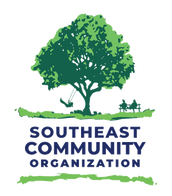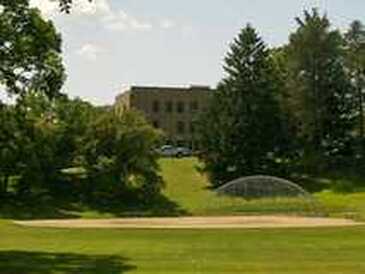|
The April 10 meeting of the Boys Totem Town Workgroup involved a lengthy discussion of the March 25 community workshop, which is summarized in an earlier blog. Each of the four groups' facilitator teams reviewed the discussions in their groups and then commented on what worked and didn't work in the format and process of the workshop. We also outlined what type of information still seems to be either lacking or misunderstood about the objectives and process of this work. Our summary of the workshop tries to address the misunderstandings that remain.
The rest of the meeting was a presentation about housing issues in the Metropolitan area, and goals for meeting future housing needs by the City of Saint Paul. The purpose was to educate the work group members on housing issues, NOT to say that we are looking at housing for the BTT site specifically. We heard a history of the interaction of race, poverty and housing and how this history has resulted in the concentration of low income and "affordable housing" within certain neighborhoods. We reviewed the results of the predatory lending practices of financial institutions during the housing bubble and its aftermath on communities of color and low income communities. We looked at the City's Comprehensive Plan (2010 version) related to housing, at the District 1 Community Plan related to housing, and at data in the City's Consolidated Plan that sets HUD housing goals. The latter identifies roughly 50 new low income housing units needed in District 1 as a whole, with an emphasis on such housing being along transit corridors. Looking at people's housing AND transportation needs in combination is vital to creating successful housing. This presentation was one of many that provide background to the work group as it assesses input it gets from our community workshops. Previous presentations have included one on the Highwood Plan and on demographic change in District 1.
0 Comments
For the March meeting of the Boys Totem Town Work Group, we spent about a third of the meeting with updates about the neighborhood and outlining what we know and what we do NOT know about the site... the rest of the meeting was spent planning for the upcoming Community Workshop on Saturday, March 25 from 12:30p to 2:30p. The workshop will be held at Boys Totem Town in Koehler Hall (follow the signs to the hall...) and will include an opportunity to tour a portion of the grounds and the buildings. Staff has been working with Totem Town staff to make this event a fun and informative one.
The most recent news from the County is that they have not made - and are not ready to make - a decision about the direction they take with regard to how they will configure programming, and, from that, how they will need to site new facilities. However, they reiterate that their decision about Boys Totem Town will be based on what is best for the youth they are responsible for in the juvenile justice system. They also reiterate that they have heard from juvenile justice advocates that smaller facilities embedded in the communities from which the youth come are the ideal. In terms of what happens to the Boys Totem Town site itself - the future potential use of the land (which is determined by the City, not the County) - this focus by the County means that if they retain the current site, they will be unlikely to need the full parcel. So we proceed with our visioning and community building, thinking about what is best for all the people who live in this area. Any changes at the site including any construction would not even start for several more years. There is a lot of time and a lot of community building still to be done. We hope to see people at the workshop on the 25th. There will be pizza and there will also be activities for children, if families attend. What we were formerly calling the Boys Totem Town Task Force is now called the Boys Totem Town Work Group, to try to help clarify what the group does...
The group met on Monday, February 13, to assess the input of the first community workshop and to plan for the next workshop, coming in March. The notes to that meeting are listed here. The tentative plan is to hold the next community workshop at the end of March. An exact date and location is currently being negotiated. Check back here for an update. |
AuthorSouthEast Community Org Staff Archives
April 2020
Categories
All
Meeting Summaries
Resources
|
||||||||||||||||||||||||||||||||||||||||||||||||

Copyright©2022 Southeast Community Organization
SunRay Shopping Center 2105 1/2 Old Hudson Road St. Paul, MN 55119 [email protected] 651-578-7600 |

 RSS Feed
RSS Feed